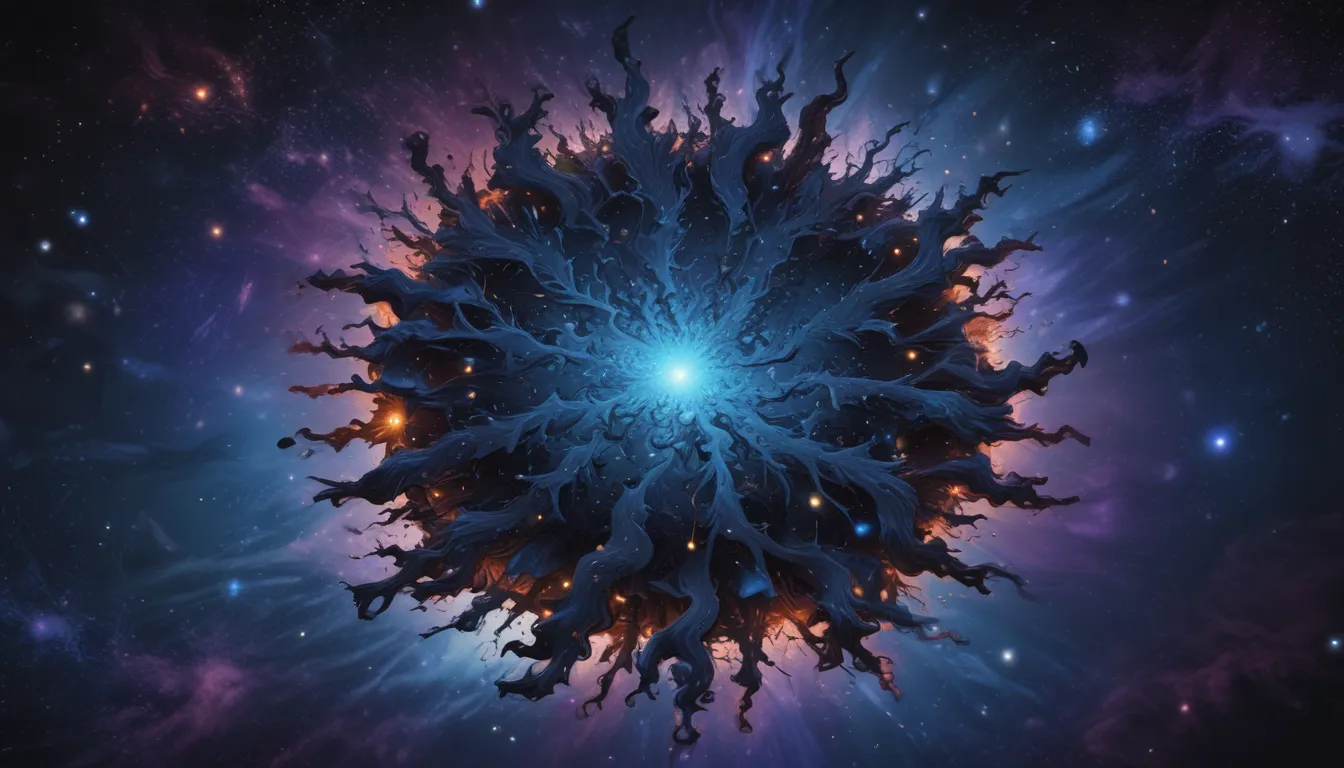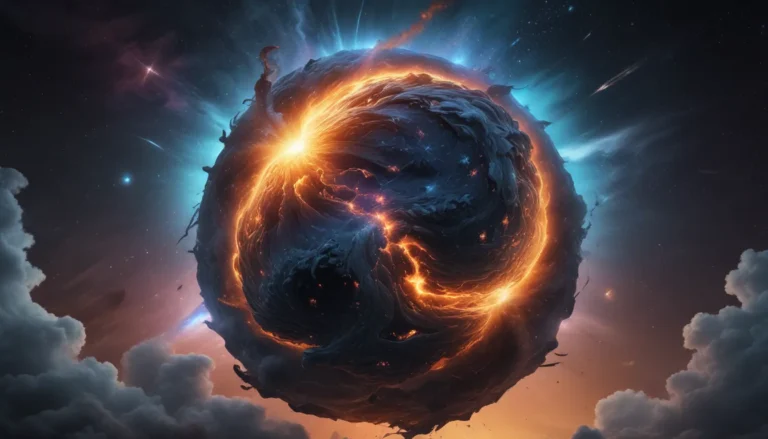The pictures we use in our articles might not show exactly what the words say. We choose these pictures to make you interested in reading more. The pictures work together with the words but don’t take their place. The words still tell you the important facts.
Dark matter, the enigmatic substance that comprises a significant portion of the universe, continues to intrigue scientists worldwide. While invisible and elusive, dark matter's presence can be inferred through its gravitational effects on visible matter, shaping galaxies and the cosmic web that connects the universe. One fascinating aspect of dark matter is its substructure, revealing smaller clumps or concentrations within larger structures. These substructures play a crucial role in the formation and evolution of galaxies, offering profound insights into the nature of dark matter and the universe's mysteries.
Key Takeaways:
- Dark Matter Substructure: Shapes galaxies and influences star motion, shedding light on the mysterious dark matter.
- Study of Dark Matter Substructure: Opens doors to new cosmic discoveries, impacting star formation and enhancing our understanding of the universe's origin.
Dark Matter Substructure: An Intriguing Cosmic Entity
Dark Matter Substructure suggests that dark matter clumps together in various structures within galaxies and galaxy clusters, crucial in shaping and stabilizing the observed structures in the universe.
Essential Role in Galaxy Formation
The gravitational pull of Dark Matter Substructure is vital in the formation of galaxies, influencing their dynamics and evolution.
Diverse Sizes and Influence on Stars
From small subhalos to massive dark matter halos, these substructures vary in size and significantly influence the motion of stars within galaxies, impacting their distribution and velocity.
Gravitational Lensing and Dwarf Galaxies
Dark Matter Substructures can cause gravitational lensing, bending the light's path and allowing for the study of dark matter distribution. These structures may also contain dwarf galaxies, offering valuable insights into dark matter properties.
Challenges in Detection and Star Formation
Detecting Dark Matter Substructure directly is challenging due to its elusive nature. Scientists rely on indirect methods such as gravitational lensing and computer simulations to study these structures, which play a role in triggering star formation within galaxies.
Invisible Mass Contribution and Impact on Cosmological Models
Dark Matter Substructures account for a significant portion of the invisible mass within galaxies, contributing to their overall dynamics and playing a role in dark matter annihilation signals. Furthermore, studying these structures refines and constrains cosmological models, enhancing our understanding of the universe's evolution.
Gamma-Ray Observations and Potential Discoveries
Gamma-ray telescopes can detect gamma-ray emissions from the annihilation of dark matter substructures, aiding in their identification and study. Research on dark matter substructure continues to drive new discoveries, pushing the boundaries of our cosmic knowledge.
Conclusion
Dark matter substructure remains a mysterious and captivating aspect of the universe, offering valuable insights into its fundamental nature and evolution. With ongoing advancements in technology and the relentless pursuit of knowledge, we are poised to unravel more intriguing facts about dark matter substructure, leading to groundbreaking discoveries and reshaping our understanding of the cosmos.
FAQs
- What is dark matter substructure? Dark matter substructure refers to the clumps, filaments, and smaller-scale structures formed by dark matter particles within galaxies and galaxy clusters.
- How is dark matter substructure detected? It is indirectly detected through gravitational effects on visible matter and distribution of light in the universe.
- What is the significance of dark matter substructure? It provides insights into galaxy formation, evolution, and the large-scale structure of the universe.
- Can dark matter substructure be directly observed? Currently, it cannot be directly observed, but efforts are underway to develop new detection techniques.
- How does dark matter substructure impact our understanding of the universe? It is crucial in cosmological theories, helping scientists understand galaxy dynamics, matter distribution, and dark matter properties.
Embark on a cosmic journey as we unravel the mysteries of dark matter substructure, expanding your understanding of the universe one intriguing fact at a time. Join us in exploring the enigmatic world of dark matter and its substructures, where each discovery brings us closer to unlocking the secrets of the cosmos.






